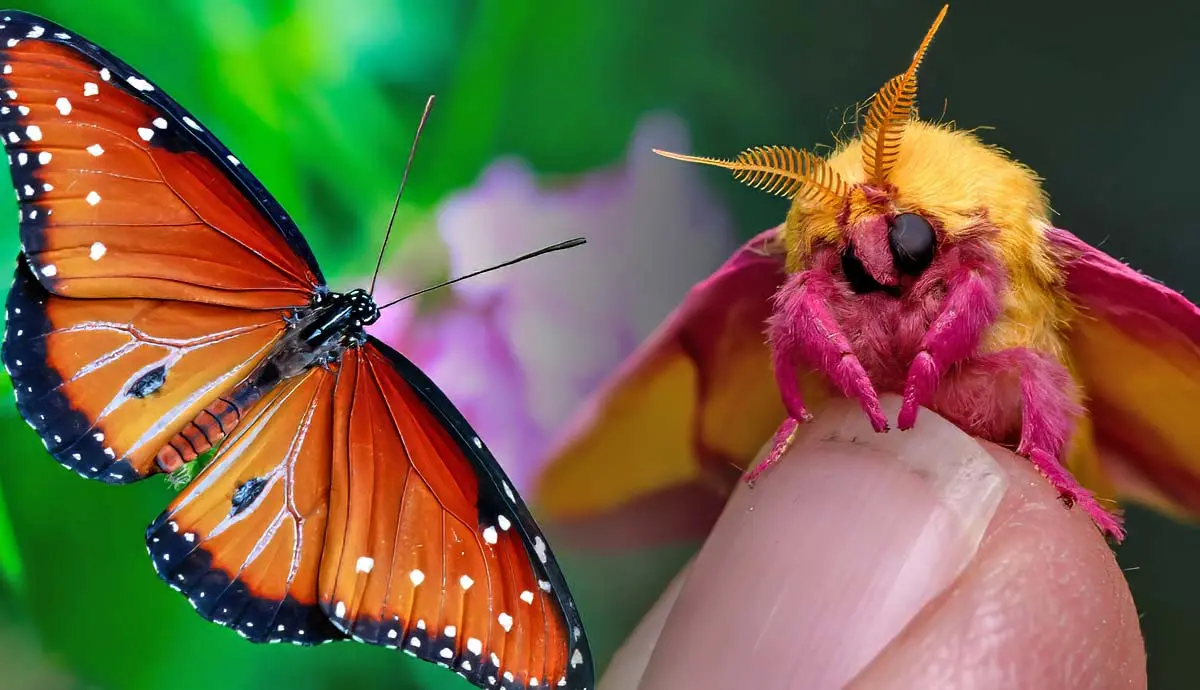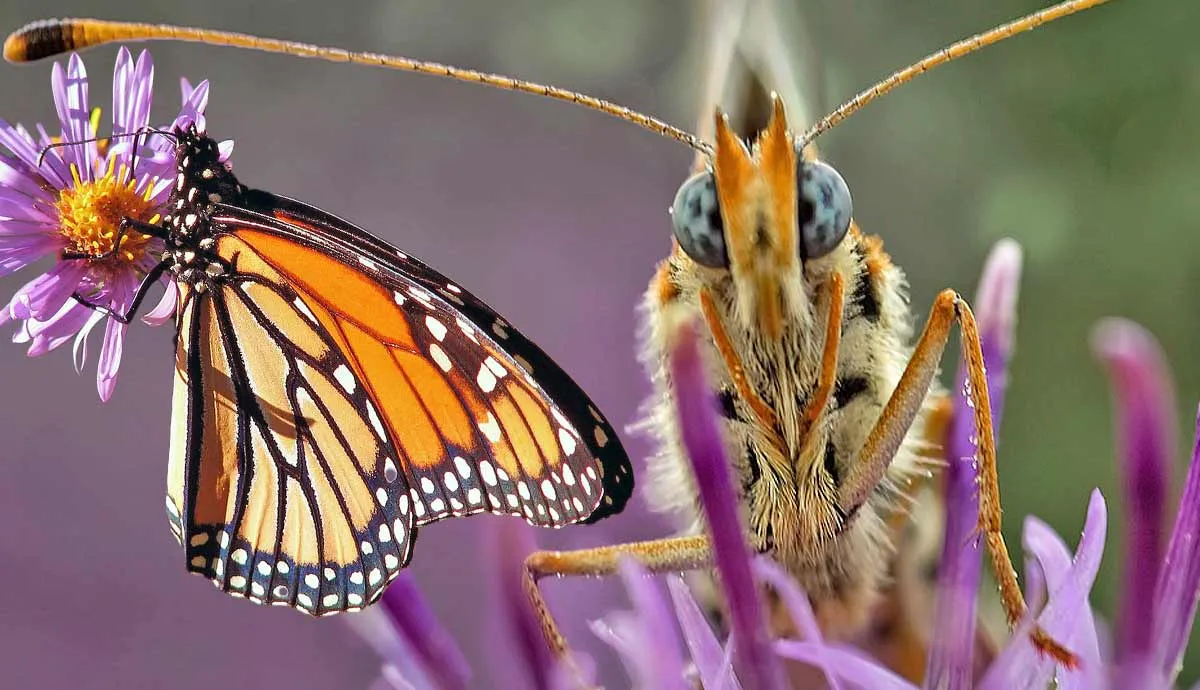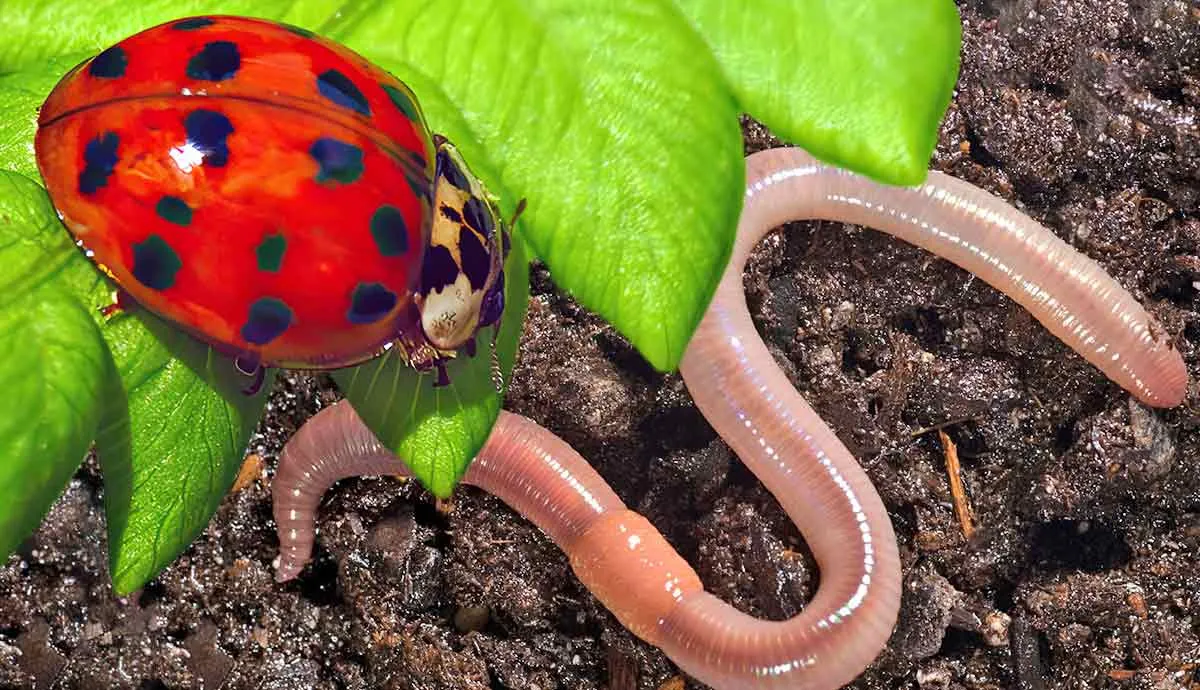Although both moths and butterflies fall under the Lepidoptera order of insects, they actually possess many unique characteristics that can help us to differentiate between them. When you see something soft and fluttery floating by, you might be inclined to exclaim that you’ve seen a butterfly - but you might not always be right! Here are some of the key differences between these delicate winged creatures.
Nocturnal vs. Daytime Flyers

The first (and very interesting) difference to note between moths and butterflies is when they choose to be active.
Butterflies are what we call diurnal, which means that they’re active during the day. This is why they’re associated with sunny days and open fields. You’re more likely to spot a butterfly than a moth while sitting in the garden or taking a walk outside on a summer’s day.
On the other hand, moths are nocturnal creatures who come out at night. You might have had trouble with moths flying frantically into your lightbulbs in the evenings - this is because, despite their night-time activity, moths are always attracted to the light.
Winged Wardrobe: Colors and Patterns
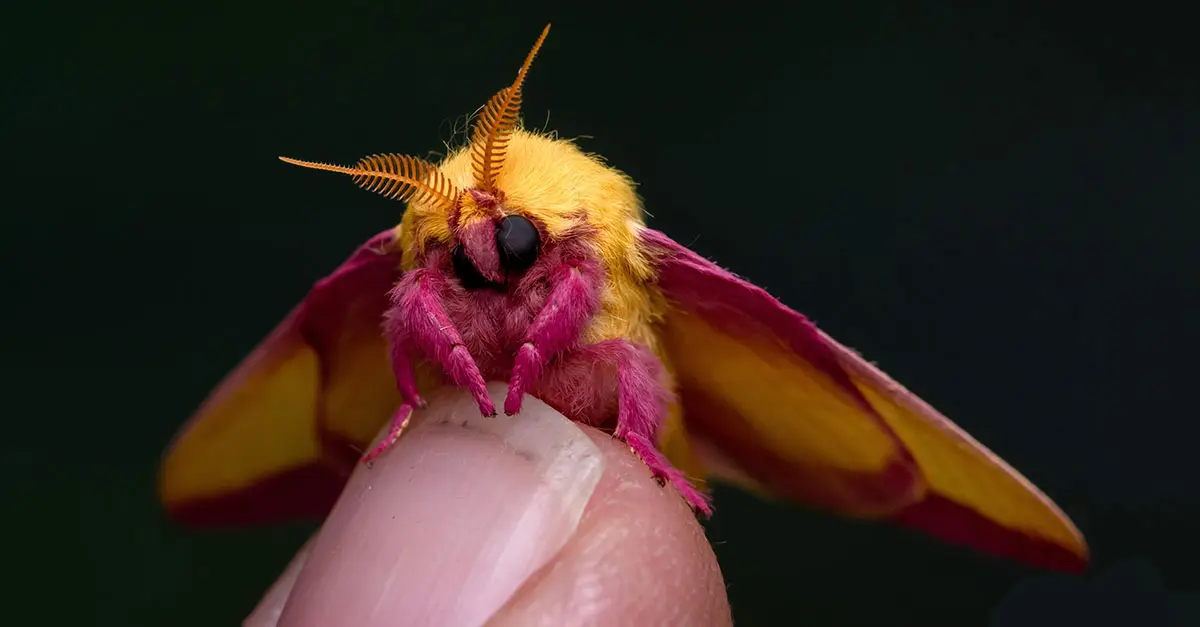
One of the most notable differences between moths and butterflies is one that you can easily identify and have probably noticed before: their appearance.
Butterflies are well known for the vibrant colors and striking patterns that coat their delicate wings. Their vibrant reds, blues, oranges, and yellows are not just for aesthetics either - they serve very specific and useful purposes, like attracting mates, communicating, warning off predators, or even acting as a form of camouflage.
Humble moths are much smaller and duller when it comes to their appearance. Their wings don’t typically sport the same striking patterns, but there are certainly exceptions! For example, the Luna moth has big, lime-green wings, while the Rosy Maple moth is a fluffy, pink, and yellow creature, making it an adorable sight that could put the prettiest butterfly to shame.
The Antennae Tale
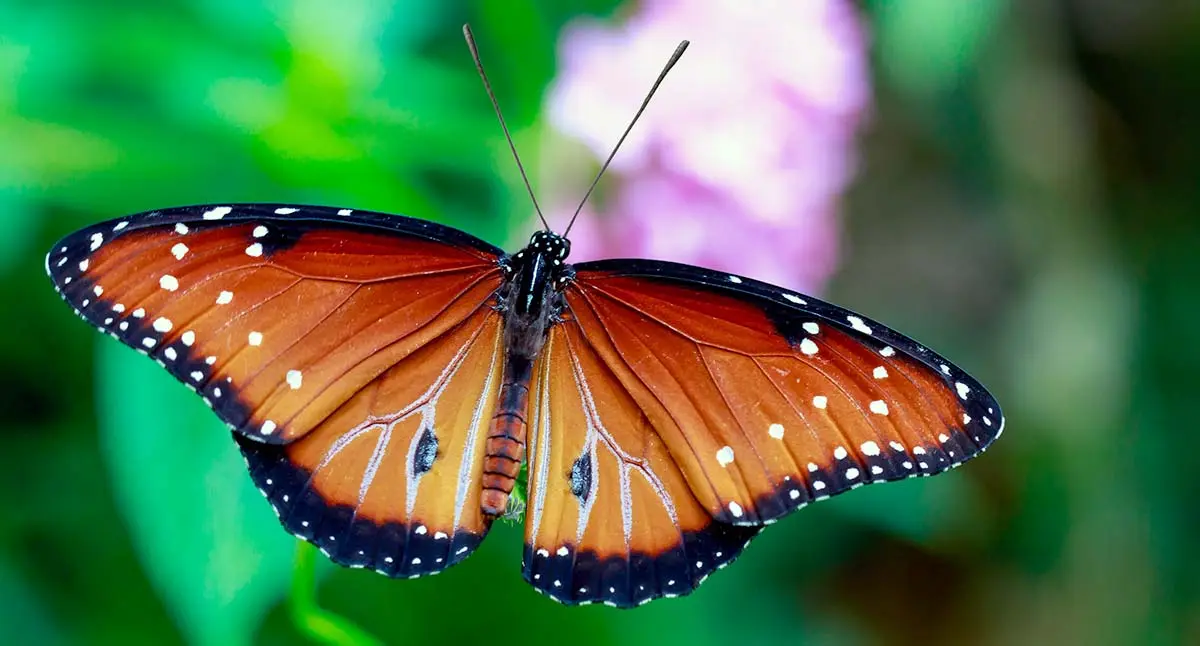
These two insects’ appearances also differ in other ways, such as the general shape of their bodies, their eyes, and perhaps most noticeably, their antennae.
Butterflies' antennae are the standard shape and length you would expect to see on an insect. They’re long, clubbed, and bare and come straight from the tops of their little heads. Their purpose is to help the insects navigate around their environments.
A moth’s antennae are completely different. They’re typically shaped like leaves or feathers and can almost look like an extra set of wings perched on top of their heads (or otherwise, very extravagant eyebrows). Their purpose is also a little different - they contain more sensory segments and are used to scent and sense their environment.
The Art of Rest
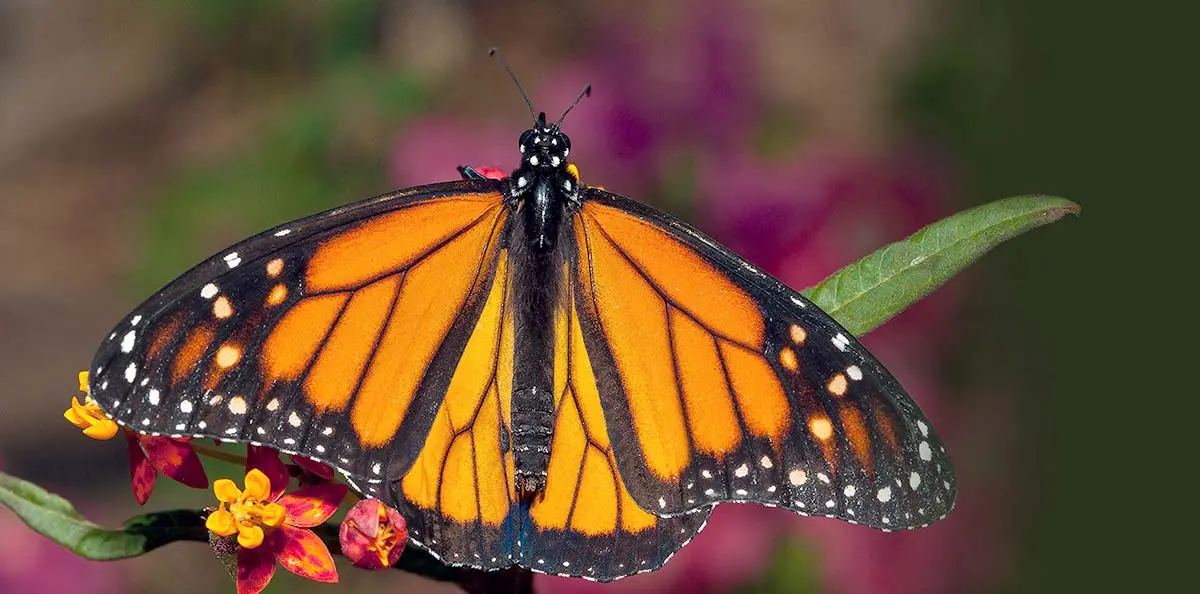
We all need our beauty sleep, and the way these two insects achieve that is slightly different as well.
When at rest, butterflies will typically fold up their wings tightly against their bodies, above their backs. This is thought to preserve their color and acts as a form of protection. However, butterflies sometimes “sun bake” with their wings open, too - catching some of that vitamin D we all need.
Moths prefer to rest with their wings open - spread out wide and flat. This allows them to camouflage and hide a little better when they’re vulnerable since they’re better able to blend into their environments this way.
Terrific Transformation

Both butterflies and moths undergo a metamorphosis as part of their lifecycle. They each begin as larvae and then form a cocoon or chrysalis, where their bodies transform completely.
However, the process looks a little different for each. Butterflies begin as caterpillars that themselves have many life stages. Once they have shed numerous exoskeletons, they eventually form a chrysalis, turn into a pupa, and then emerge as a stunning winged butterfly.
A moth’s process varies slightly. The caterpillars typically form silk cocoons instead of chrysalis, which will protect the wormy creature inside.
Where to Find Them

A final difference to note is their natural habitats and where you might spot these winged critters out in the wild, although both tend to thrive in an array of different environments.
It’s interesting to note that their predominant habitat is largely based on their food preferences. Many moths have caterpillars that live on broadleaf trees since these are the leaves they typically eat, yet this would be an uncommon dinner for a butterfly’s caterpillar.
Once their metamorphosis is complete, butterflies will, of course, be more commonly found in sunny spots with an abundance of blooming plants and flowers, because of their insatiable taste for nectar. Fully-fledged moths, on the other hand, are more diverse in their feeding than butterflies and can therefore be found in a wider range of environments. Both, however, remain in harm’s way when it comes to the use of pesticides.
